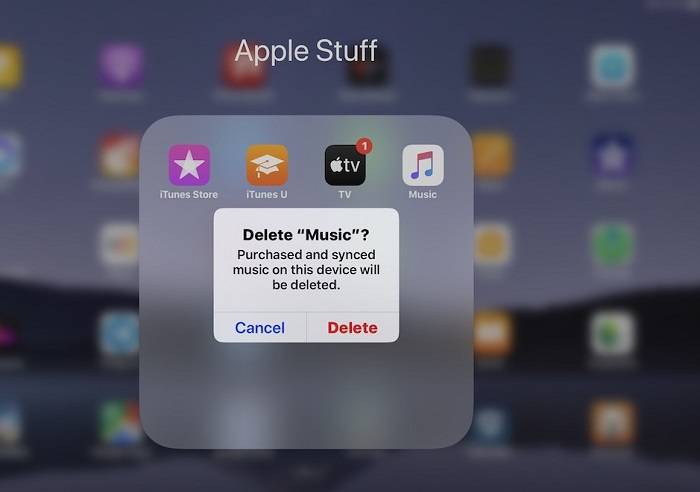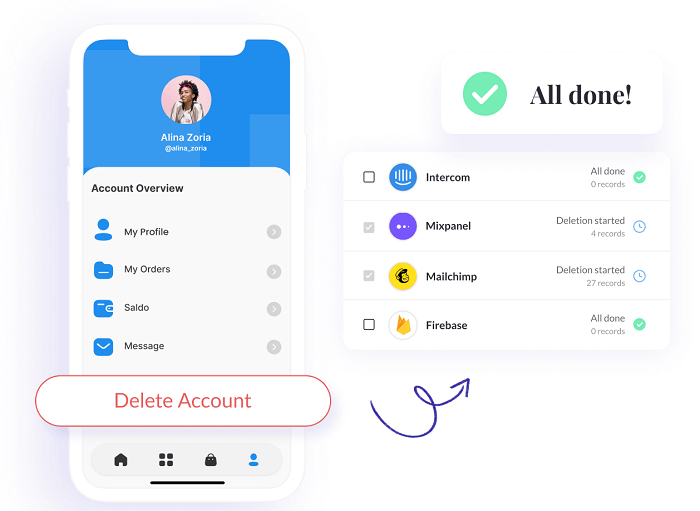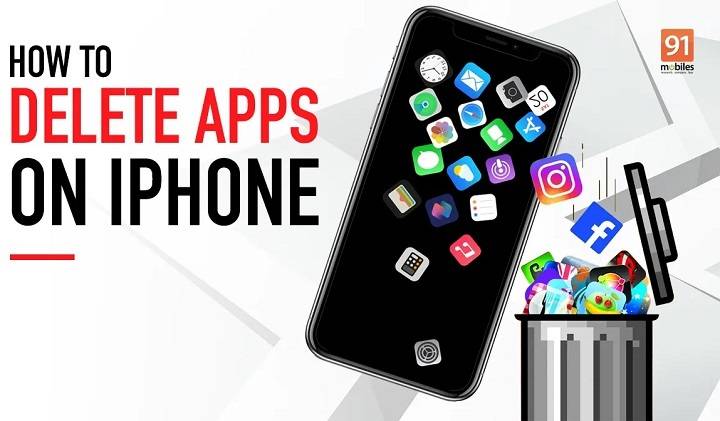In today’s digital age, our smartphones, tablets, and computers have become indispensable tools for both work and leisure. However, as we download more and more apps to enhance our productivity or entertainment, our devices can quickly become cluttered and sluggish. Deleting unnecessary apps is a simple yet effective way to reclaim storage space, improve device performance, and declutter your digital life. In this comprehensive guide, we’ll walk you through the various methods for deleting apps on different platforms and devices, along with tips for managing your app usage efficiently.
Understanding the Importance of Deleting Apps
- The impact of unused apps on device performance and storage capacity.
- Why regular app cleanup is essential for maintaining a smooth user experience.
- How outdated or unused apps can pose security risks.
Deleting Apps on iOS Devices (iPhone and iPad)

- Step-by-step instructions for deleting apps from the home screen.
- Deleting multiple apps at once using the “jiggle mode” method.
- Uninstalling apps from the App Store.
- Managing app subscriptions and in-app purchases.
- Tips for organizing apps and creating app folders.
Removing Apps on Android Devices
- Deleting apps from the home screen or app drawer.
- Uninstalling pre-installed apps (bloatware) on Android devices.
- Using Google Play Store to uninstall apps.
- Clearing app cache and data for improved performance.
- Disabling vs. uninstalling apps: When to choose each option.
Deleting Apps on Windows PCs and Laptops
- Removing apps from the Start menu or desktop.
- Uninstalling programs from the Control Panel.
- Using the Microsoft Store to manage and uninstall apps.
- Cleaning up temporary files and system junk to free up space.
- Optimizing startup programs for faster boot times.
Deleting Apps on Mac Computers
- Deleting apps from the Launchpad or Applications folder.
- Uninstalling apps using third-party uninstaller tools.
- Managing app permissions and preferences.
- Cleaning up system files with macOS’s built-in tools.
- Using Terminal commands for advanced app removal.
Managing App Deletion on Other Platforms

- Deleting apps on Linux distributions (Ubuntu, Fedora, etc.).
- Uninstalling apps on Chrome OS devices (Chromebooks).
- Tips for managing app deletion on gaming consoles (PlayStation, Xbox, Nintendo Switch).
- Considerations for deleting apps on smart TVs and streaming devices.
Best Practices for App Management
- Regularly review your installed apps and identify those you no longer use.
- Prioritize apps based on importance and frequency of use.
- Consider the storage and performance impact of each app before uninstalling.
- Back up important data associated with apps before deleting them.
- Utilize cloud storage services for storing files and data instead of keeping them within apps.
Troubleshooting Common Issues
- Resolving errors or issues encountered during the app deletion process.
- Dealing with stubborn or undeletable apps.
- Troubleshooting performance problems after deleting apps.
- Recovering accidentally deleted apps or data.
- Seeking help from online forums or support communities for specific issues.
Alternative Methods for App Management
- Using app hibernation or freezing apps to temporarily disable them.
- Employing app usage trackers to monitor your app usage habits.
- Exploring minimalist or decluttering apps to help streamline your digital life.
- Considering app alternatives that offer similar functionality with fewer features.
- Adopting digital detox strategies to reduce reliance on apps altogether.
By following the guidance provided in this comprehensive guide, you can take control of your digital ecosystem, optimize your device’s performance, and enjoy a clutter-free user experience. Don’t let unused apps weigh you down – delete them and reclaim valuable space on your devices.


